Space Opportunities for Climate Challenges
From November 2020 to July 2021, Eurisy and DotSPACE hosted a series bringing together research, government and industry experts to talk about their innovative solutions related to climate. Throughout the Space Opportunities for Climate Challenges series, various examples have been showcased proving that satellite solutions can contribute to the green transition. For example, satellite remote sensing can rapidly reveal where to reverse the loss of biological diversity. Variables such as vegetation productivity or leaf cover can be measured across continents from space and can help forest managers to implement more sustainable ways of working. Furthermore, space is relevant for the management of maritime-related matters, as it is for smart mobility and urban planning. When it comes to energy, space can play a pivotal role in the decarbonisation of our economy. The daily space data stream also provides insights about air and water quality, as well as irrigation systems, and even tourism.
This publication calls on potential users and decision-makers to look at these satellite services in order to implement their climate adaptation policies more easily.

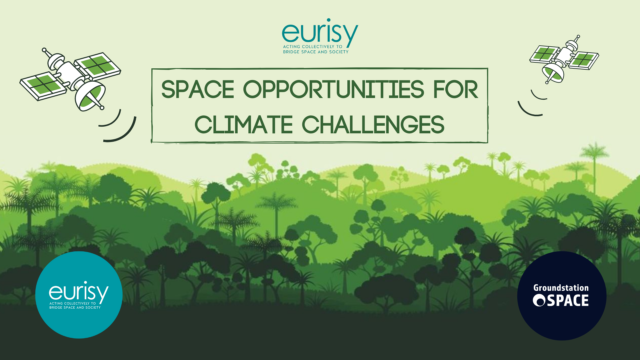
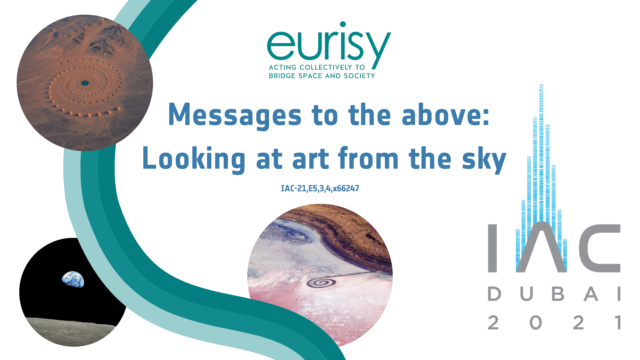
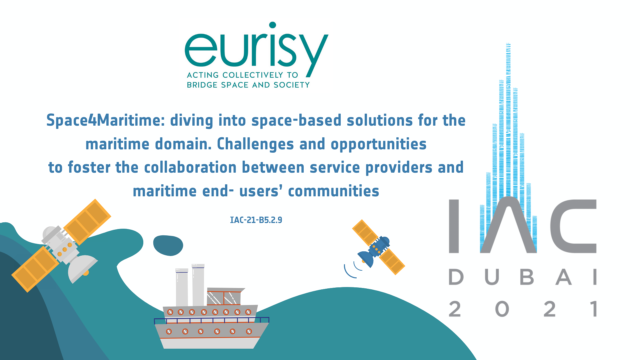
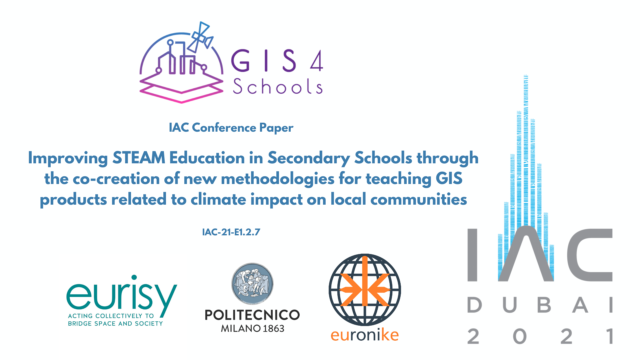
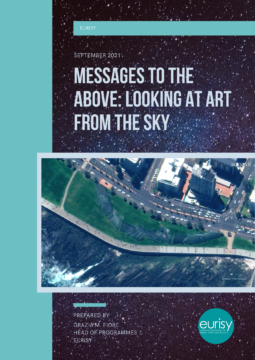 What’s the interest of realising an artwork that can only be appreciated in its entireness from the sky? Apparently, none. Nevertheless, giant artworks perceivable only from above have been realised since the most ancient times, while the history of architecture counts endless examples of sophisticated buildings, castles, gardens and the like, which plan or ichnography can be only seen clearly by watching at them downward from above.
What’s the interest of realising an artwork that can only be appreciated in its entireness from the sky? Apparently, none. Nevertheless, giant artworks perceivable only from above have been realised since the most ancient times, while the history of architecture counts endless examples of sophisticated buildings, castles, gardens and the like, which plan or ichnography can be only seen clearly by watching at them downward from above.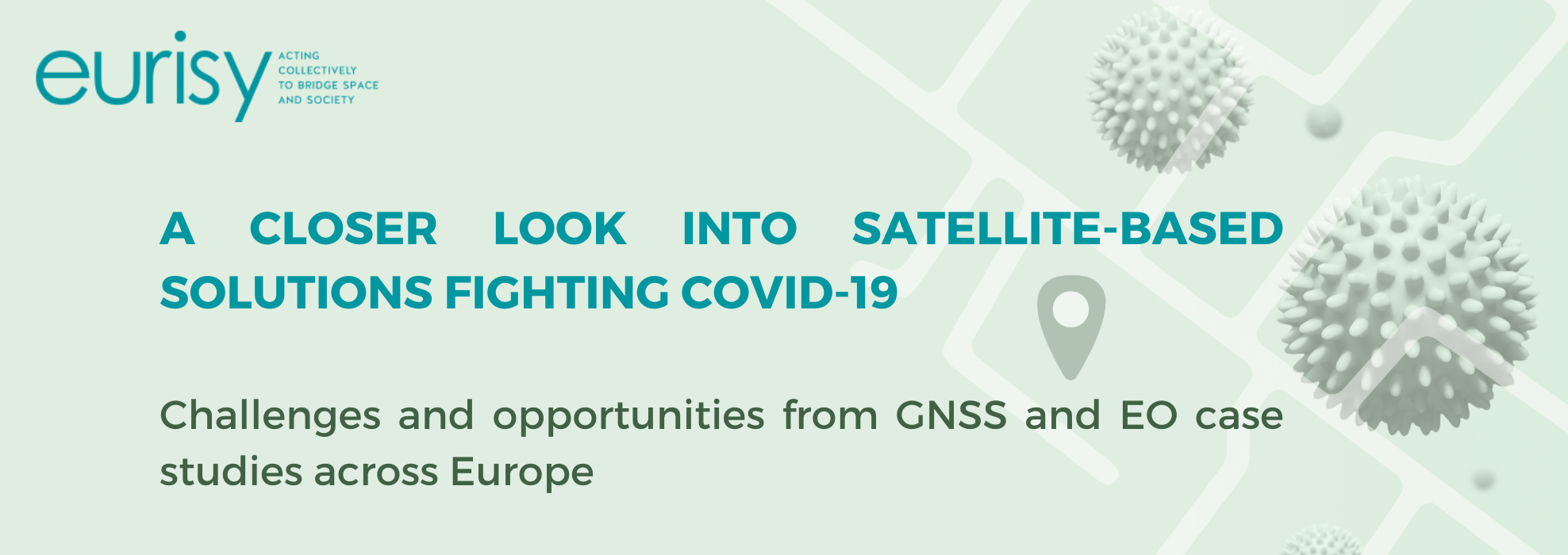
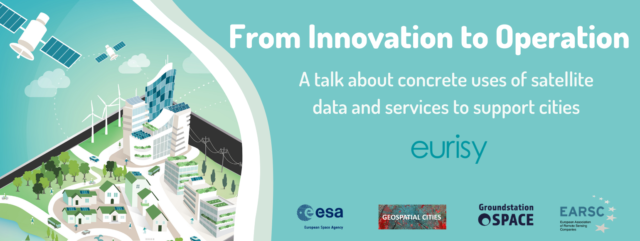
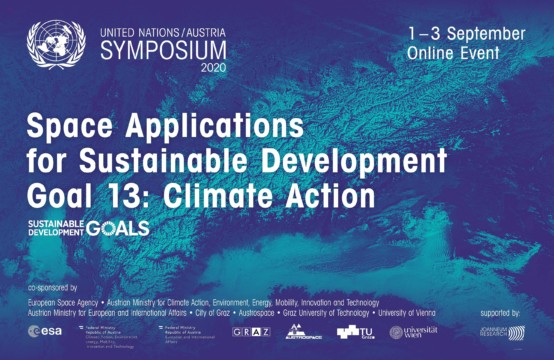
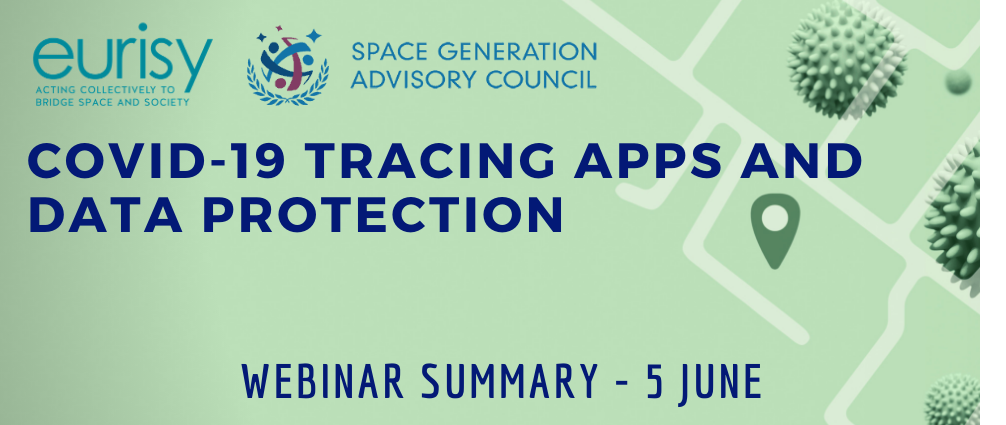 Eurisy and the Space Generation Advisory Council (SGAC) decided to join forces to organise a webinar on the legal consequences related to the use of tracing apps during the first phase of the de-confinement. Find out which existing space-based apps can help track the spread of COVID-19, and what the legal issues are with regard to privacy. The purpose of the webinar was to present the audience operational space-based apps that could help trace patients, as well as to reflect upon data protection and other challenges. Read the full report here.
Eurisy and the Space Generation Advisory Council (SGAC) decided to join forces to organise a webinar on the legal consequences related to the use of tracing apps during the first phase of the de-confinement. Find out which existing space-based apps can help track the spread of COVID-19, and what the legal issues are with regard to privacy. The purpose of the webinar was to present the audience operational space-based apps that could help trace patients, as well as to reflect upon data protection and other challenges. Read the full report here.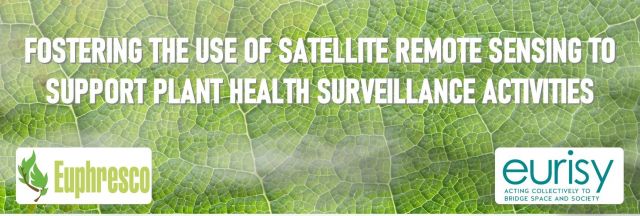 On the occasion of the
On the occasion of the